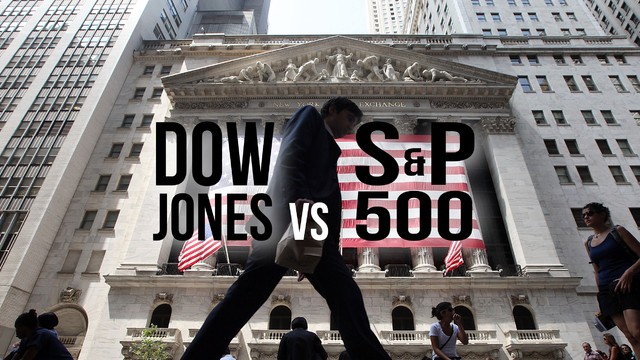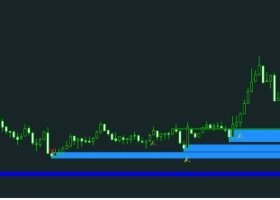
What's the difference between the Dow Jones Industrial Average and the S&P 500?
23 August 2014, 16:23
0
336
This weekend let's grab another portion of useful information for my fellow beginners! Gonna be extremely useful for you!
The first and major difference between the two indexes is that the Dow Jones Industrial Average (DJIA) includes a price-weighted average of 30 stocks whereas the Standard & Poor's 500 (S&P 500) is a market value-weighted index of 500 stocks.
The editors of the Wall Street Journal, which is owned by Dow Jones & Co, pick the stocks comprising the DJIA, while an S&P committee picks the 500 stocks in the S&P 500.

The S&P 500 is comprised of 500 large companies from a vast number of industries, picked based on the following criteria:
1. Market capitalization of more than $5 billion
2. Four consecutive quarters of profit determined by net income less discontinued operations and extraordinary items
3. Adequate liquidity measured by price and volume (annual dollar value traded to market cap should be at least 0.3)
4. Public float of at least 50%
The S&P 500 strives to represent all of the stocks over $5 billion by making sure the index closely matches the sector weighting that is seen in all stocks above $5 billion. For example if 20% of stocks with a market cap of over $5 billion are technology companies, the S&P 500 would try and have a technology weighting of around 20%. The S&P 500 will only include companies it determines to be operating, excluding such things as closed-end funds, holding companies, partnership and royalty trusts.
Both of these measurements are used by investors to determine the general trend of the U.S. stock market. However, the S&P 500 is more encompassing as it includes a greater sample of total U.S. stocks and because the S&P 500 is market-value weighted, it attempts to ensure that a 10% change in a $20 stock will affect the index like a 10% change in a $50 stock. The DJIA, on the other hand, is price-weighted, which means the average is affected considerably more by the large stocks within its portfolio.
To sum up:
DJIA: 1. 30 North American stocks picked by the Wall Street Journal
2. Calculated through a method of simple mathematical averages
3. Higher-priced stocks affect the average more than lower-priced ones.
S&P 500:
1. 500 North American stocks picked by an S&P board
2. A wider range of sector representation
3. Calculated by giving weights to each stock according to their market value
4. Regardless of stock price, a percentage change will be reflected the same on the index.


